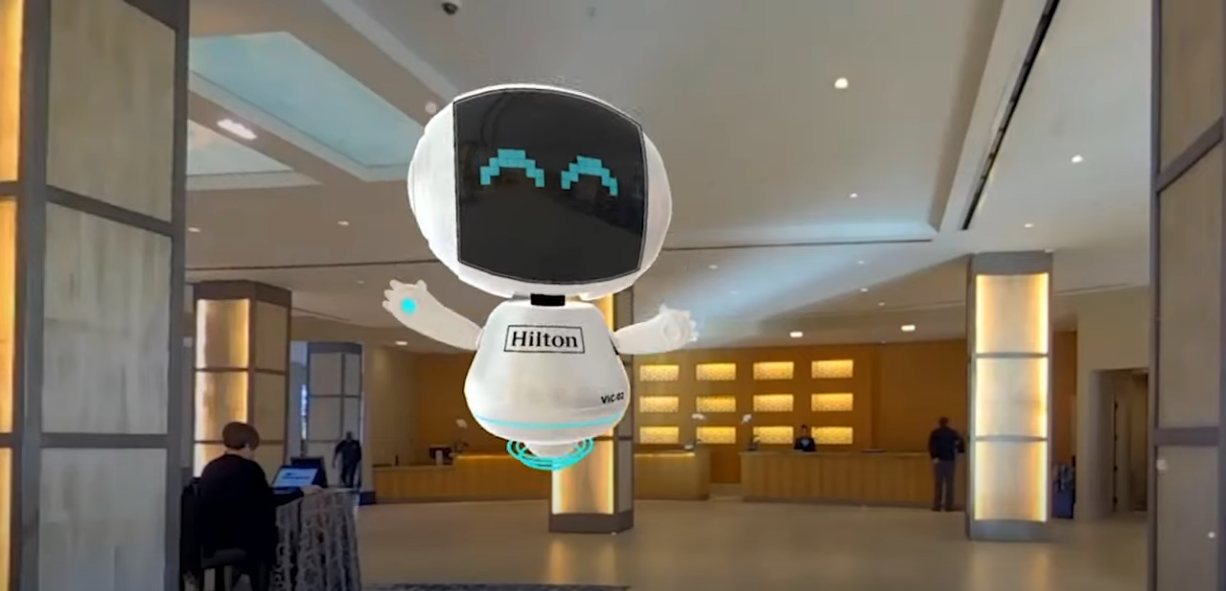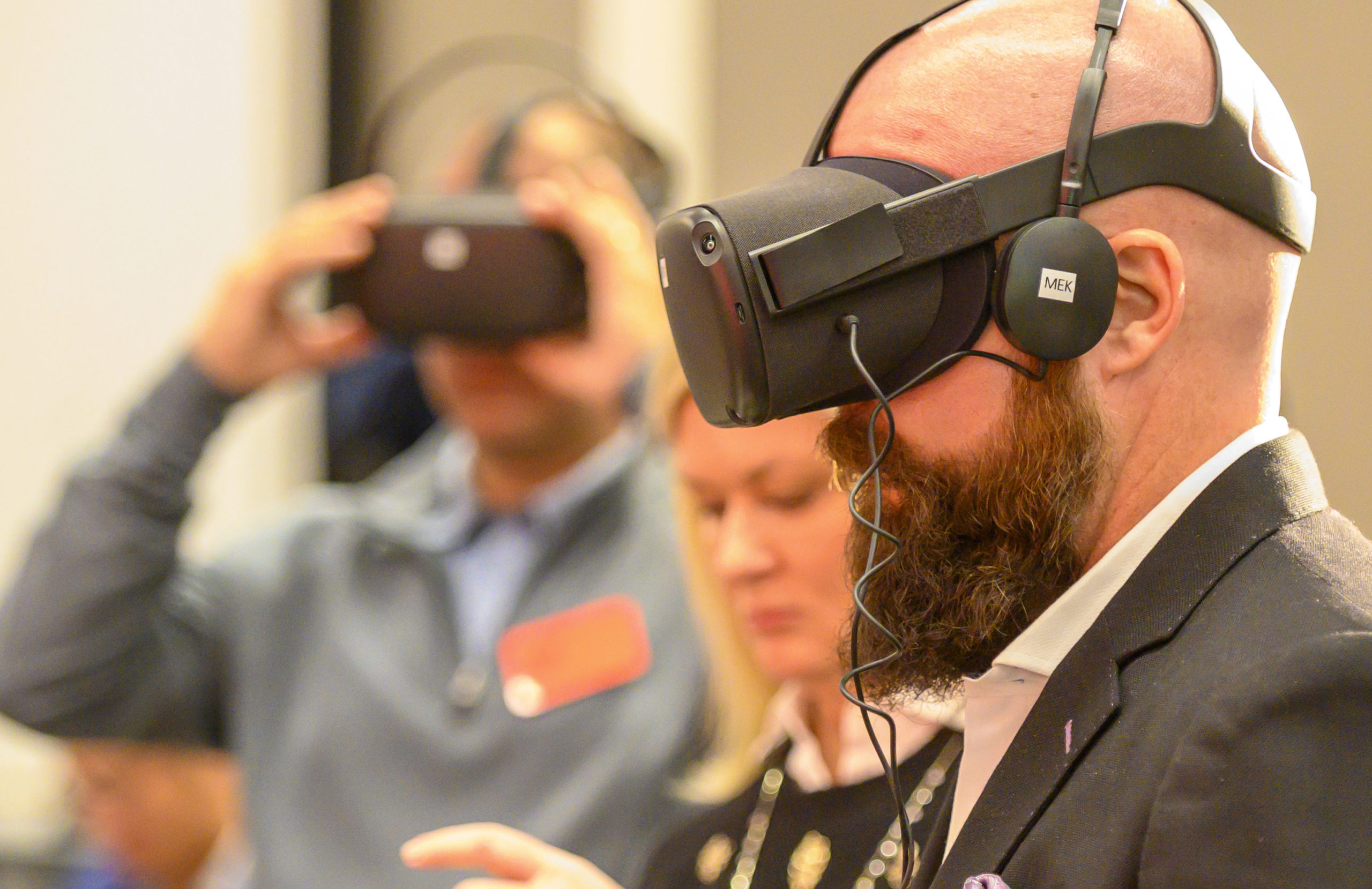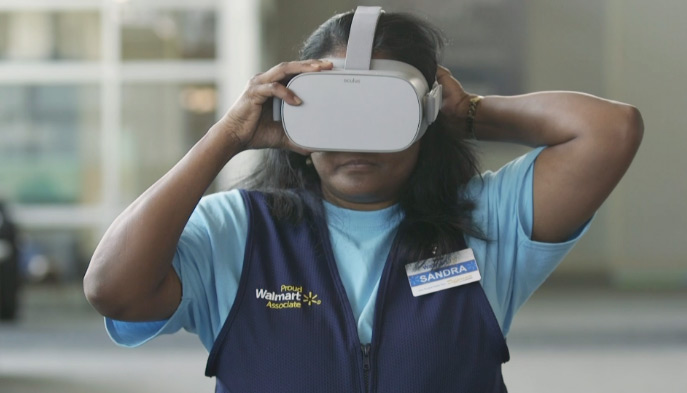
A New Take on Soft Skill Development
The rise of automation and artificial intelligence has increased the demand for soft skills in the workforce. Skills like leadership, conflict resolution, teamwork, and time management cannot be automated. They provide immense value to organizations and improve workplace dynamics.
The Challenge of Traditional Soft Skill Training
Traditionally, soft skills develop through experience in multiple real-world scenarios. This process builds confidence and prepares employees to handle similar situations in the future. As a result, corporate training has focused on in-person classroom sessions. A coach guides employees through exercises designed to simulate real-world challenges. These practice scenarios help learners gain experience and explore different approaches to problem-solving.
However, these methods are expensive and difficult to scale. Classroom training requires physical space, printed materials, and scheduled sessions. For organizations, this means employees may be unavailable for an entire day, reducing productivity. Instructors can only train a limited number of employees at a time, making large-scale training difficult. Post-COVID, in-person training also presents logistical challenges, especially for remote teams.
How VR Training Enhances Soft Skill Development
Virtual reality (VR) training has proven effective for technical skills and is now transforming soft skill training. It provides immersive experiences that allow employees to practice real-world interactions in a controlled setting.
Real-World Applications of VR Soft Skill Training
Many organizations have successfully integrated VR training into their workforce development programs.

Image Source: Hilton Case Study by Oculus
Empathy Building
Hilton
Hilton set out to develop their workforce’s empathy in order to provide their guests with the best hospitality service. As a result of the VR training, 87% of their employees changed their behaviour. As an added bonus, Hilton successfully reduced their training from 4 hours in class to 20 minutes of VR!
Assessing Candidate Potential
Walmart
One of the ways Walmart uses VR is to assess a candidate for a promotion by testing their reaction and behaviour during simulated scenarios such as dealing with a difficult customer. They note that VR is “a great way to reduce inherent bias in the hiring process,” and allows employees to understand the pressures of the role before attaining it.

Image Source: PwC VR Soft Skills Training Efficacy Study, 2020
Inclusive Leadership Training
PwC
PwC took the initiative to understand whether VR would help their organization with inclusive leadership training. In their quest, they compared how VR would fare against eLearning and traditional training. VR by far, was the best tool for soft skills training as it was 4 times faster to train with, provided 275% more confidence in their learners to apply the skills, and learners were 3.75 times more emotionally connected to the training.
Tracking Learner Performance with VR
Unlike traditional training, VR soft skill training provides measurable performance insights. It can track:
- Speech patterns – how much a learner speaks vs. listens, whether they ask questions, and their tone.
- Keyword usage – identifying important phrases to ensure key concepts are understood.
- Eye and head movements – tracking eye contact, attentiveness, and body language.
This real-time feedback helps learners improve empathy, active listening, and conflict resolution skills.
Cost-Effectiveness of VR Training
Although VR training requires an initial investment, it becomes more cost-effective at scale. It eliminates costs related to classroom space, materials, and instructor fees.
A PwC study found that:
- VR training costs matched classroom training at 375 learners.
- VR training costs matched eLearning at 1,950 learners.
For large organizations, VR training offers a scalable, cost-effective solution for soft skill development.
%
More cost effective than in-person training at 3,000 learners
%
More cost effective than in-person training at 6,000 learners
%
More cost effective than in-person training at 10,000 learners
In Conclusion
For soft skills training, VR immerses the learner in a scenario that invokes a natural emotional response. In turn, the learner must overcome their emotions and try different approaches to remedy the situation. VR provides learners the opportunity to practice multiple times on their own until they feel confident enough to handle the situation in real life. Yet it does so in a more economical manner, saving organizations money and time on training.
VR can recreate any scenario and can be custom built for any industry with any learning objective in mind. Truly making VR a perfect solution to any learning challenge.

